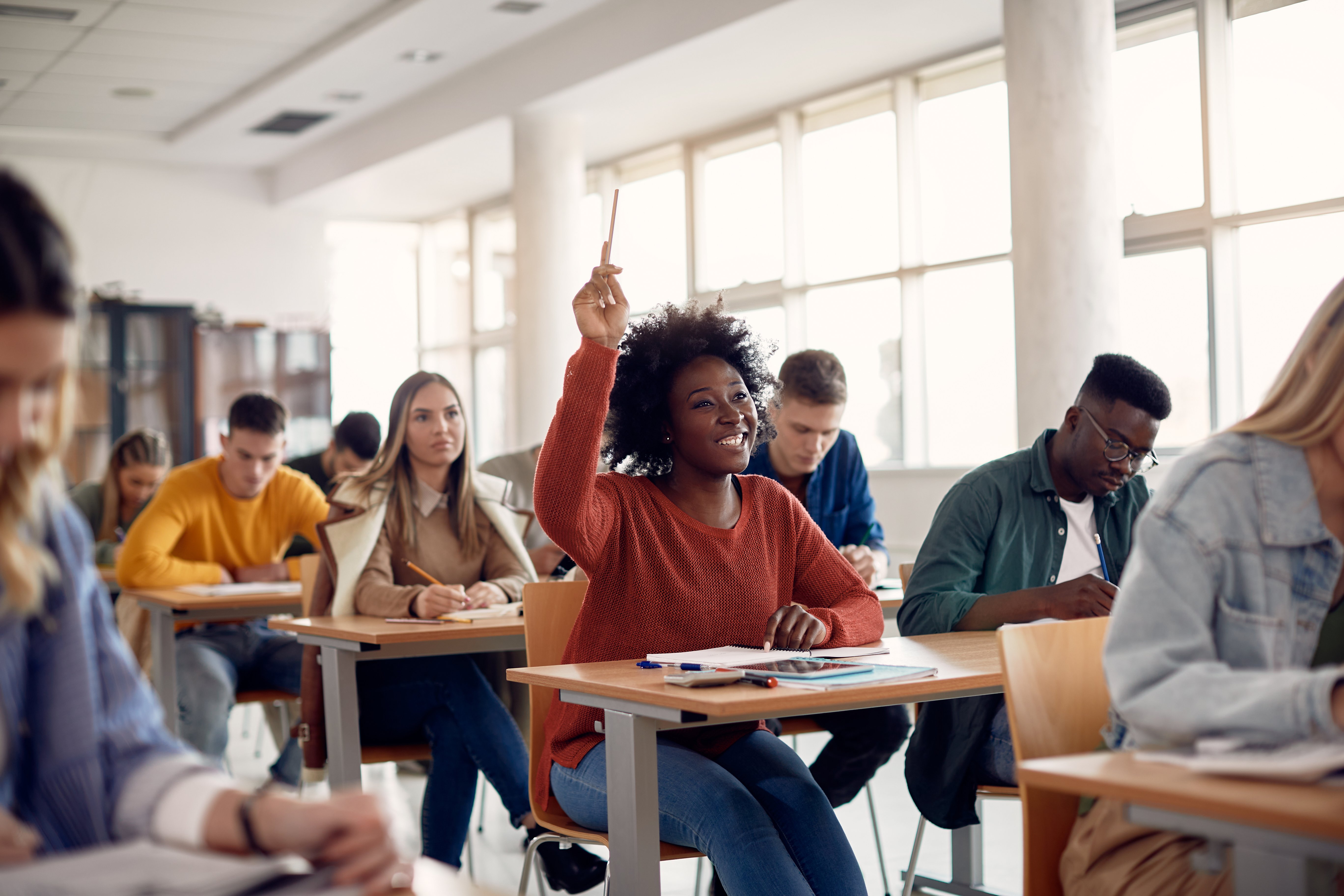Over the past few years, we’ve seen rising rates of adolescent anxiety and depression, increased feelings of disconnection and disengagement, and decreased academic outcomes for students wreak havoc on school communities. Many schools and districts have invested additional time, resources, and personnel to reinvigorate their school cultures to turn the tide on these trends. Within classrooms, this has looked like taking on new curricula and adjusting instructional time to include more interpersonal skill-building.
But one thing that may be overlooked in these shifts is the importance of building a sense of belonging in classrooms. Without a strong relational foundation, many of these other interventions fall flat. An extensive body of research has shown belonging positively impacts student well-being, engagement, academic success, and long-term life outcomes.
Activities aimed explicitly at building belonging offer a vital antidote to many of the pressures today’s students face. They foster a supportive educational environment and equip students with tools to navigate the challenges they face inside and outside the classroom. By prioritizing community, we can lay the foundation for academic success and lifelong well-being.
The first few months of the school year are a great opportunity to set the foundations for a positive and supportive learning environment. Bring some of the following types of activities to your classroom to help students at your school experience true belonging and learn the skills to foster belonging across campus and the community.
1. Activities That Energize, Enhance Self-Awareness, and Promote Agency
Belonging is conventionally defined in terms of one’s place within a community, but it’s important also to consider students’ relationships with themselves. Starting the day with activities that involve movement and play can invigorate students and create a positive atmosphere. Quick-paced games challenge students to be alert and accurate, enhancing self-awareness and self-confidence. Ice-breaking activities like these can ease social tensions and encourage more open student communication and interaction.
Given that schools often impose norms and expectations on young individuals, activities that help students identify their values, strengths, and personal goals can be incredibly empowering. They promote agency, helping students realize they have control over their actions, which in turn helps build self-confidence and a sense of belonging.
Inviting students to co-create classroom agreements can be instrumental in building a safe space for learning. Such collective agreements promote ownership and accountability, making each student a stakeholder in the classroom's emotional climate.
2. Team-Based Activities for Collaboration and Adaptability
Activities that require teamwork nurture collaborative skills and help students understand the dynamics of working toward a shared goal. When students work together, they get to know each other's working styles, strengths, and weaknesses, creating a classroom environment that values cooperation over competition.
Activities that demand active listening and quick adaptation to changing rules or scenarios can be particularly effective in building social awareness. They teach students to tune into verbal and non-verbal cues, to adjust their behavior based on the context, and to be more aware of the feelings and needs of others around them.
3. Healthy Habit-Building Activities
Activities focusing on positive affirmations, goal-setting, and personal well-being can foster a healthy mental space for students that they can maintain throughout the year. These exercises can range from gratitude journals to simple self-reflection questions that prompt students to consider their goals and the steps needed to achieve them. Over time, these practices help students become more resilient and focused, contributing to personal and collective well-being.
Mindfulness activities can also support students' holistic well-being by helping them become aware of their emotional states, manage stress, and develop coping strategies. By integrating mindfulness into the classroom, educators provide students with the tools to self-regulate, contributing to a more harmonious classroom environment.
4. Sharing Activities to Deepen Connection and Build Empathy
Activities that facilitate deeper conversations about personal interests, cultural backgrounds, and lived experiences can promote mutual respect and understanding. Such dialogues humanize the classroom, helping students see beyond superficial differences to find common ground or appreciate unique perspectives.
Finally, activities encouraging empathetic listening, constructive dialogues, and conflict resolution skills are invaluable. Empathy-building exercises can range from simple conversations about identifying emotions to more complex role-playing scenarios that help students practice perspective-taking and problem-solving.
By building a strong sense of community and mutual respect, educators lay the foundations for an enriching learning experience, both academically and emotionally. As the school year gets underway, consider integrating interpersonal activities into your classroom routine and watch as they transform your students into more engaged, empathetic, and successful learners. If you’re already using Wayfinder, check out our new Back-to-School Collections.
Download Wayfinder's Building Belonging Checklist for links to activities guaranteed to help students at all grade levels bond through games, develop healthy habits, and create welcoming communities across campus.





